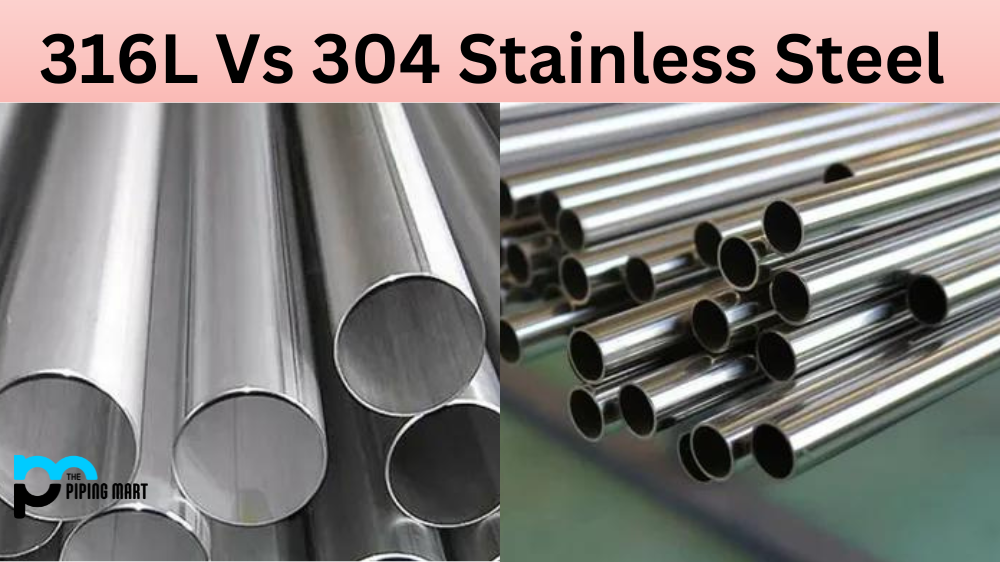Have you ever wondered how stainless steel is fabricated? It’s a complex process that involves a variety of technical procedures. In this blog, we’ll explore the steps involved and answer some of the most frequently asked questions about SS fabrication. Let’s take a look!
Stainless Steel Fabricating Process
The process of fabricating stainless steel begins with raw materials, such as hot-rolled carbon or alloyed steel. This material is then cut into various shapes and sizes using specialized cutting tools, such as shears or band saws. The pieces are then formed into the desired shape (e.g., sheet metal for containers) using bending machines or presses.
Next, the pieces are welded together to form the desired product (e.g., a container for storing food). Welding is a critical step in fabricating stainless steel because it ensures that the items will be strong and durable enough to withstand use and abuse over time. To ensure that the welds are strong and secure, professional welders use specialized techniques such as TIG welding, MIG welding, or resistance spot welding. After welding, all visible seams must be ground down so they won’t interfere with the final product’s aesthetic appeal and functionality.
Finally, the item is checked for quality assurance purposes to make sure it meets all required specifications before being shipped out for sale or delivery to its intended destination. During this stage of fabrication, any imperfections found in the item must be corrected before it can be sold on the market.
Benefits of Fabricating Stainless Steel
Stainless steel is a type of metal known for its durability and strong properties, making it an ideal choice when fabricating products. When compared to materials like aluminum or plastic, the fabrication process of stainless steel is much more economical and fast. As a result, projects can be completed at a quicker rate with fewer resources needed. Furthermore, due to its corrosion-resistant qualities, any objects made with stainless steel are likely to last a lifetime; meaning manufacturers don’t have to worry about their products needing frequent repairs or replacements. Overall, fabricating with stainless steel guarantees quality while being reliable, allowing companies to save time and money in the long run.
Conclusion
Fabricating stainless steel requires a great deal of technical knowledge and skill to ensure that each item meets strict quality standards before being shipped out for sale or delivery. From cutting raw materials into specific shapes and sizes to forming them into products to expertly welding components together – there are many different steps involved in fabricating stainless steel products successfully every single time! Intended Audience: Engineers and anyone interested in learning more about stainless steel fabrication processes.

Pipingmart is a B2B portal that specializes in metal, industrial and piping items. Additionally, we share the latest information and information about materials, products and various types of grades to assist businesses that are involved in this business.




